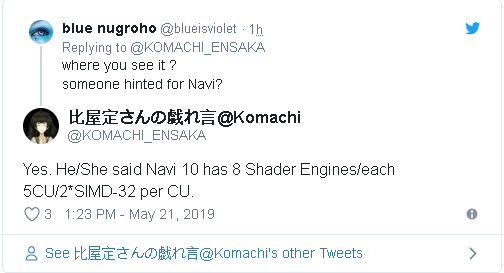I look at the absolute performance, and the way amd is always late to the party.
Being late to the party and choosing not to compete with >750mm2 GPUs is AFAICS an AMD problem, not a GCN one.
Well the obvious one is power usage.
Plus, the performance / power usage is often not great at all, like they're pushing their gpus over the "nice balance" (sorry for my english. It seems to me that they are over the sweet spot in that regard)
AMD GPUs do have a problem with the clocks they reach within the optimal power curve, which is why AMD always puts their desktop solutions clearly above this curve.
But is that an intrinsic GCN problem?
Would changing e.g. from RISC SIMD to the "Super SIMD" that we saw in a patent solve the clocks / power curve problem?
Because to me this seems to be more of a process engineering problem than an architectural one, which is why they sent Zen engineers to help RTG.
Bandwidth efficiency pretty obvious too.
To be honest, this is the only architectural problem that I recognize, though I wonder how much is inherent to GCN (cache hits I guess?) and how much is just a less effective color compression.
Frontend scaling too - the same config is found in RX 570 and VII too
Would the Radeon VII benefit from a wider front end?
Seems to me that they didn't address that question because no solution in their pipeline really needed a wider front end. Vega 10 would have gotten too big for a solution that had to scale down, and Vega 20 would have gotten too big for a 7nm pipecleaner.
Vega 10 would have been competitive with the 1080 Ti if it could also turbo up to 1750MHz, and if it did we wouldn't be talking about the 4 shader engine "limit".



